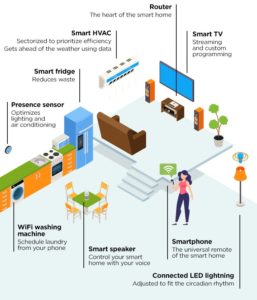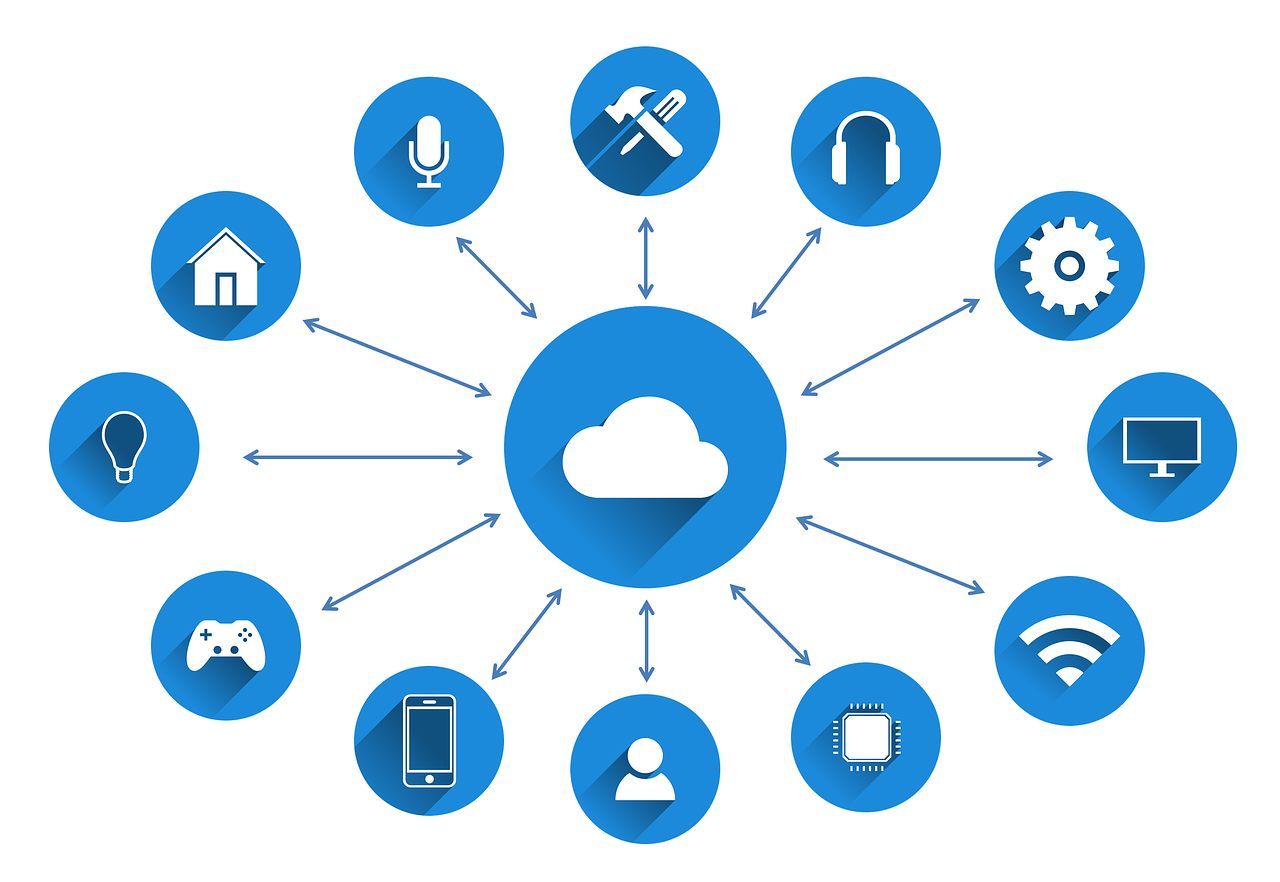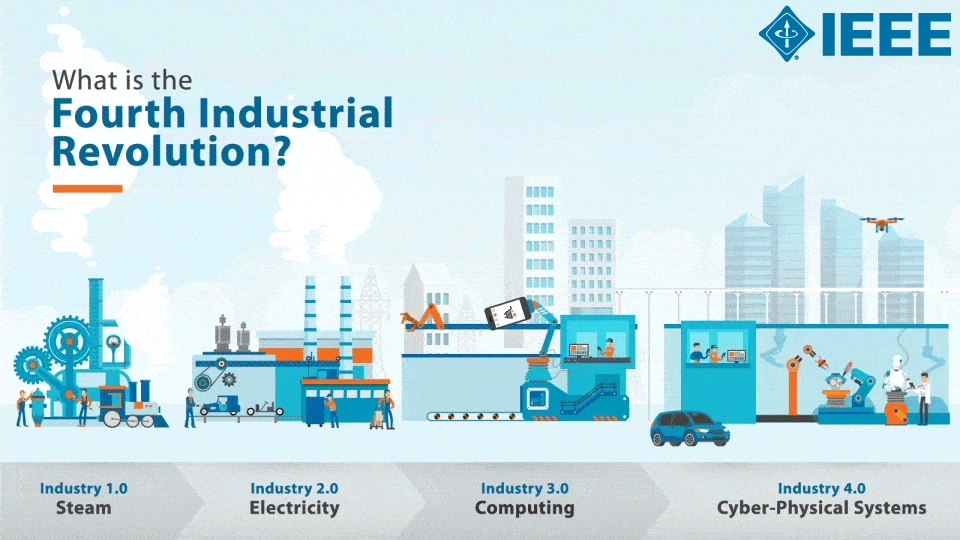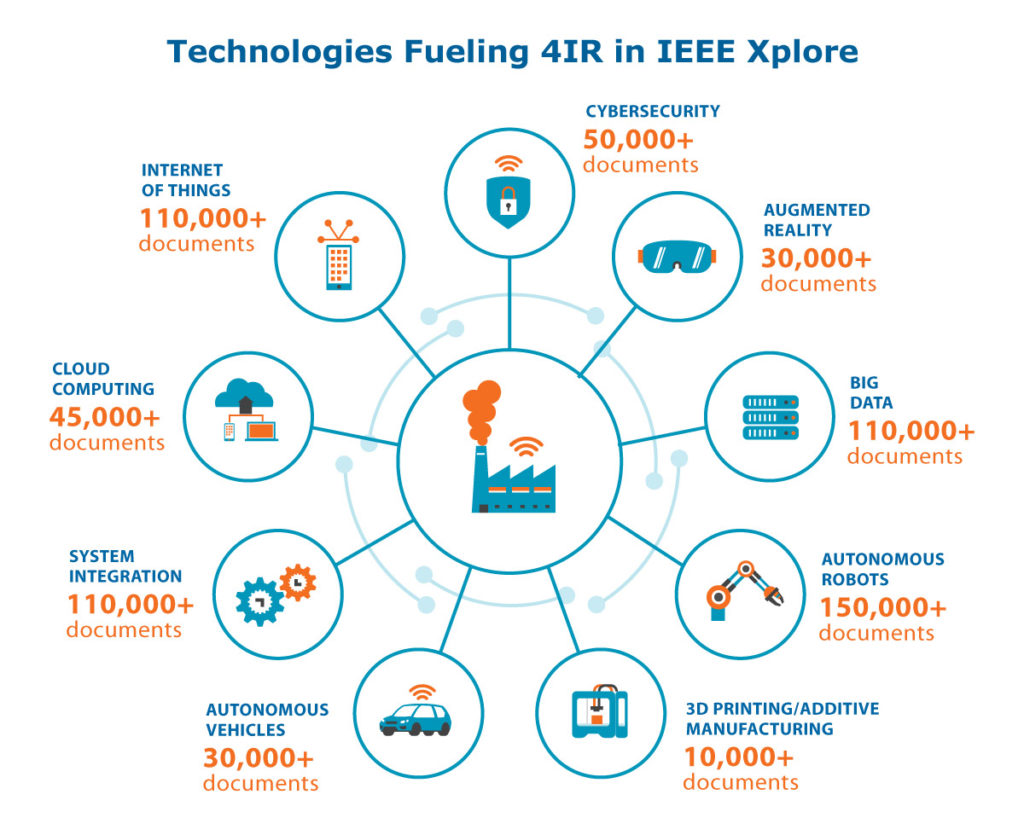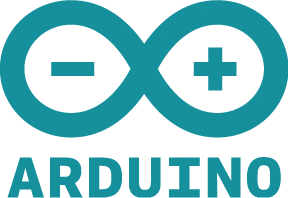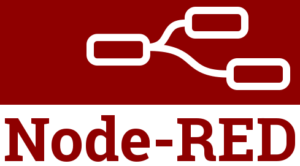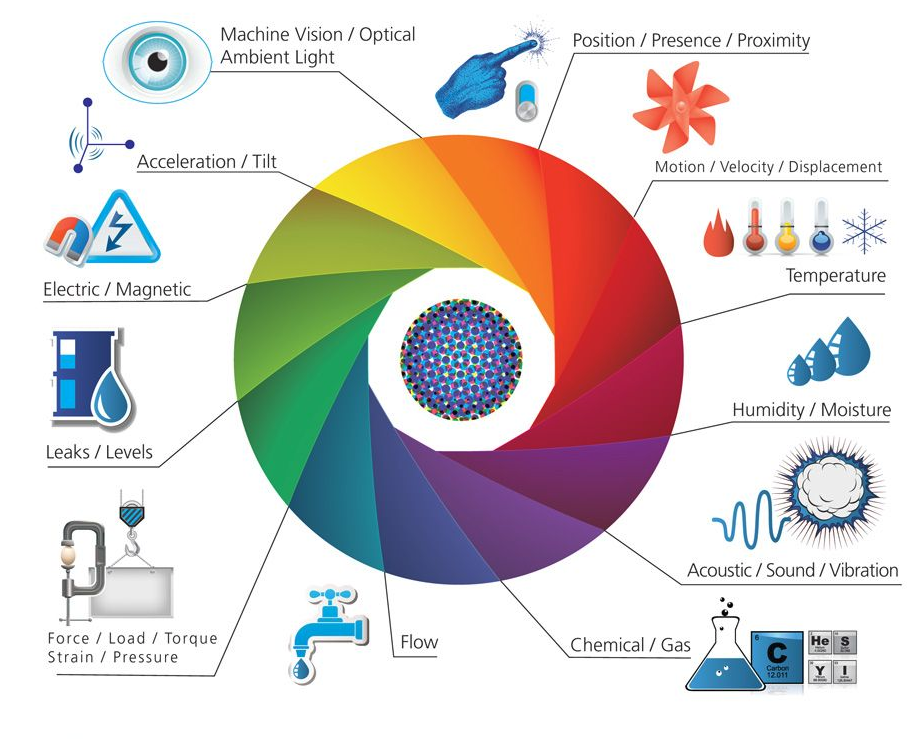The rapid growth of IoT technology has led to a common complaint about the lack of standards across IoT, but organizations can use the ISA-95 standard for IIoT.
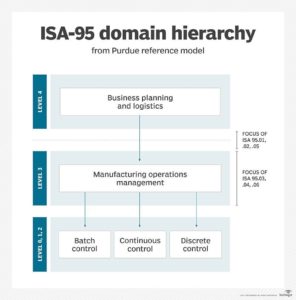
1. No need to reinvent the wheel.
ISA-95 is already widespread in manufacturing and industrial organizations. Even though IIoT is in some respects new, it doesn’t require rethinking the software, database and information structure from the ground up. That work has already been done and organizations considering IIoT adoption have likely already implemented the structure. IIoT architects should think in terms of integrating into ISA-95, not supplanting it.
2. ISA-95 is silent on hardware and lower-level infrastructure, including network, security, compute and storage.
A fundamental divide splits IT between software and infrastructure people. Even though organizations can implement infrastructure through software, the logistics of getting data from point A to point B, then processing and storing it effectively still comprises infrastructure. Similarly, virtual machines and containerized applications have replaced servers, and software-defined networks and software-defined WANs replace traditional appliance-based networking.
3. IoT architects and engineers should focus on infrastructure and cybersecurity requirements.
Given the established framework of ISA-95, architects can best spend their efforts on network, compute, storage and cybersecurity for IoT and IIoT. The ISA has developed cybersecurity framework IEC 62443 that aligns with ISA-95, but it focuses more on the information and modeling or conceptual level and requires enhancement and extension to cover the entire IIOT.
